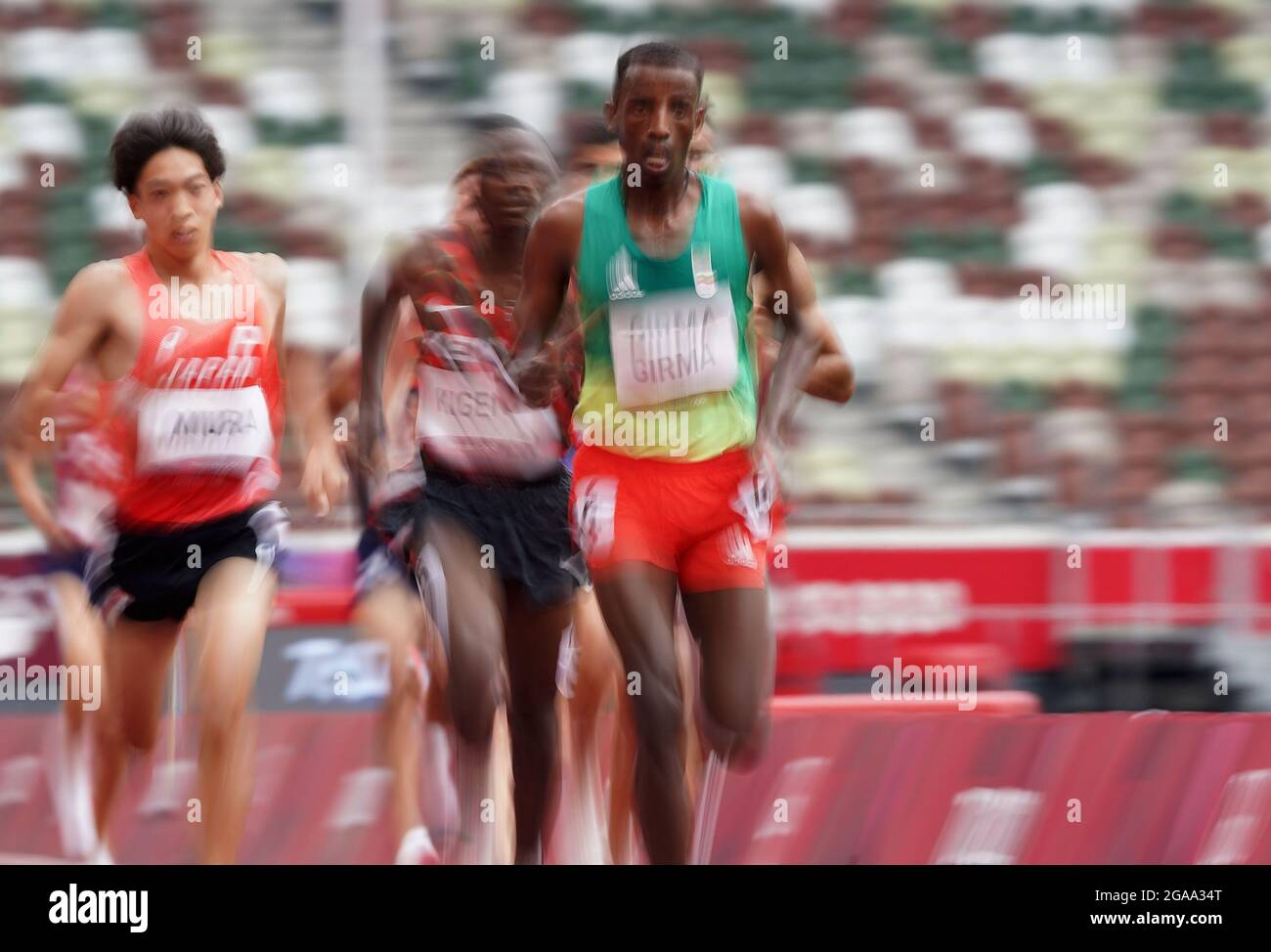The Girma Steeplechase: Girma Steeplechase Fall

The Girma Steeplechase, a renowned endurance race held annually in the rugged highlands of Ethiopia, is a testament to the indomitable spirit of the Ethiopian people and their deep-rooted connection to the land. Its origins trace back to ancient traditions of nomadic pastoralism, where the ability to navigate challenging terrains and endure arduous journeys was paramount for survival.
History and Evolution
The Girma Steeplechase, as we know it today, evolved from a centuries-old practice of competitive running among pastoral communities in the Girma region. The race’s historical context is deeply intertwined with the region’s unique geographical features, marked by rolling hills, steep valleys, and unpredictable weather conditions. These natural obstacles have shaped the race’s character, demanding exceptional physical strength, mental resilience, and a deep understanding of the terrain. Early versions of the race were often informal, with participants competing for bragging rights and local recognition.
Cultural Significance
The Girma Steeplechase holds immense cultural significance for the Ethiopian people, serving as a celebration of their heritage, athleticism, and enduring spirit. The event brings together communities from across the region, fostering a sense of unity and shared pride. The race is also a testament to the resilience of the Ethiopian people, who have long faced adversity with unwavering determination. The Girma Steeplechase is more than just a sporting event; it is a cultural touchstone that embodies the spirit of the Ethiopian people.
Course Features and Challenges
The Girma Steeplechase course is renowned for its demanding nature, presenting unique challenges that test the limits of human endurance. The race covers a distance of approximately 26 kilometers (16 miles), traversing a variety of terrains, including rolling hills, steep inclines, and challenging water obstacles. The course’s unique features include:
- Steep Inclines: The Girma Steeplechase course is characterized by numerous steep inclines, requiring participants to exert significant effort to ascend and descend. These hills can be particularly challenging in the later stages of the race, when fatigue sets in.
- Water Obstacles: The course features several water obstacles, ranging from small streams to larger rivers. Participants must navigate these obstacles, often wading through water, which can be cold and swift, adding to the race’s difficulty.
- Varied Terrain: The Girma Steeplechase course encompasses a variety of terrains, including dirt roads, rocky paths, and grassy meadows. This varied terrain requires participants to be adaptable and able to navigate different surfaces, adding to the race’s overall challenge.
Notable Moments and Legendary Participants, Girma steeplechase fall
The history of the Girma Steeplechase is rich with notable moments and legendary participants who have left an enduring mark on the race’s legacy. Here are some of the most memorable moments and athletes:
- The First Official Race: The first official Girma Steeplechase was held in 1954, marking a significant turning point in the race’s history. This event brought national attention to the race, attracting participants from across Ethiopia and establishing it as a major sporting event.
- The Legendary “Girma” Athlete: The race’s namesake, “Girma,” was a legendary runner who dominated the early years of the Girma Steeplechase. His remarkable speed and endurance made him a formidable competitor, inspiring generations of Ethiopian athletes.
- The “Golden Age” of the Girma Steeplechase: The 1970s and 1980s are often referred to as the “Golden Age” of the Girma Steeplechase, a period marked by fierce competition and the emergence of a new generation of talented runners. This era saw the rise of several legendary athletes who pushed the boundaries of human endurance, setting new records and captivating audiences worldwide.
The Girma Steeplechase Fall, a spectacle of speed and grace, evokes a sense of timeless elegance, much like the tan leather club chair that sits in the grand manor overlooking the racecourse. The chair, a silent witness to countless victories and defeats, embodies the same enduring spirit that drives the riders to push their limits, making the Girma Steeplechase Fall a truly unforgettable event.
The Girma Steeplechase, a renowned event known for its thrilling jumps and challenging terrain, has captivated audiences for years. However, even the most seasoned riders can encounter unexpected obstacles, like a sudden fall. Such incidents often leave behind unfortunate stains, especially if the rider’s hair oil seeps into the leather saddle.
Luckily, there are effective methods for removing these stains, such as those outlined in this comprehensive guide on how to remove hair oil from leather chair. With proper care, the leather saddle can be restored to its former glory, ready for the next exhilarating race.